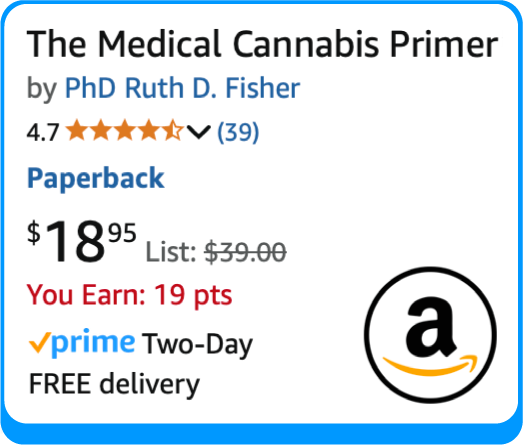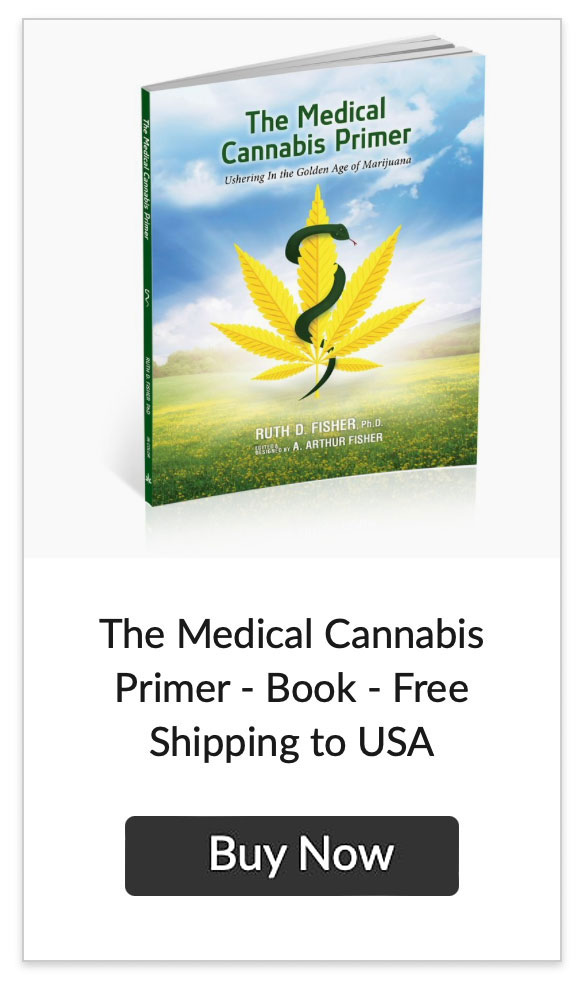Blogs
Unresolved Cannabis Supply Chain Issues
Ruth Fisher

The cannabis industry is new, but quickly evolving. The rapid pace of change is aggravated by the complexity of the plant itself, the complexity of its supply chain, the complexity of products offered, the complexity of rules and regulations for legal cannabis, and the complexity of legal market suppliers having to compete with a thriving black market.
Many of the problems the industry is currently facing will be resolved over time as the market matures. Yet, these problems are still quite relevant to current cannabis users, especially those seeking medical relief. This post enumerates some of the more significant problems that users should be aware of regarding cannabis product testing, labeling, dosing, and variety.
Testing
The purpose of cannabis testing is two-fold: to establish (i) product safety and (ii) product potency (total cannabinoid content).
When states first started legalizing cannabis use, most required some sort of testing before products could be sold. Over time, more states have adopted testing requirements, and the requirements implemented have become more comprehensive. Basic testing requirements include:
- Reporting product potency, that is, a product’s total cannabinoid contents
- Establishing the product is uncontaminated by
- Pesticides used to cultivate plants
- Residual solvents used to extract cannabinoids and terpenes
- Bacteria, such as fungi or mold, that might have infected plants during cultivation or processing
- Heavy metals, which plants might have absorbed during cultivation
Increasingly, states are requiring more detail in the reporting of plant profiles:
- Reporting profiles of plant compounds, including cannabinoids and terpenes
While consumers are generally better off with more comprehensive product testing – information is power – tests are both costly and time-consuming to perform. So, more comprehensive testing requirements increase both:
(i) The time it takes to get products onto shelves and
(ii) The prices of products to consumers.
Protocols
While it may seem like a test is a test is a test, that’s not the case when it comes to cannabis. Test results – especially those for product potency – can vary, depending on the particular equipment and procedures used to test cannabis samples.[1] Reported test results may also vary due to fraudulent reporting practices.
Cannabis testing is still in the early stages. Eventually, regulations will specify testing equipment and protocols to be used, which will then generate more uniform results across testing labs.
Comprehensiveness
Cannabis testing requirements vary across states: some states require more comprehensive testing than others.[2] As previously noted, while more comprehensive requirements provide more information to consumers, they also increase processing costs and time requirements.
I think eventually, there will be a certain minimum battery of tests that are required for all cannabis products. But in addition to those minimum standards, some suppliers will offer more comprehensive information to those customers who are willing to pay the higher associated costs.
Labeling
The purpose of product labeling is to inform customers about product contents. All states require suppliers to include certain information on product labels. However, there is tremendous variation across states, across product forms, and across brands in the information provided on the labels.[3] Furthermore, the information required, as well as that provided, has been evolving over time. And if all this weren’t confusing enough, the fact that most product packages are only a couple of inches in size means a lot of information has to be crammed into tiny spaces using nano-sized type fonts. The good news is that cannabis labeling currently leaves huge room for future improvement.
Accuracy
One of the dirty little secrets in cannabis is the prevalence of inaccurately labeled packages. Studies continue to show that for large portions of cannabis products on the market, labeled information on product packages regarding potency does not match information generated by independent 3rd-party testing.[4] There are several reasons why labeled information may not match independently generated information, some innocent, but others malicious.
The industry is still very new; as it matures, solutions will appear to address the accuracy problem. In fact, different technologies are being developed to validate the integrity of supply chains.[5]
Transparency
The vaping crisis has brought to the forefront the issue of transparency of cannabis product ingredients.[6] Ingredients are added to cannabis products to aid suppliers in, for example, extraction (extracts), flavoring (vapes), dilution (tinctures, topicals), absorption (tablets), and viscosity (vapes). While we’ve been using cannabis for tens of thousands of years, many of the processing (cultivation, processing) and consumption techniques (vaping) we’re now using are relatively new.
I believe users should have access to lists of all ingredients used to process and generate cannabis products. Currently, however, many suppliers do not provide complete disclosure of product contents, claiming certain ingredients are either proprietary or used in minuscule amounts. Consumers should insist on full disclosure of information by product suppliers. If there’s enough demand, suppliers should be forced to comply.
Standardization
Perhaps the starkest evidence to me of the newness of the legal cannabis market is the complete and utter lack of standardization across product labels. Every form of cannabis (flower, cartridge, tincture, capsule, edible, topical) seems to bear different labeling information. Even after I became familiar with the different cannabinoids and forms of cannabis use, I still struggled to figure out how to extract the information I needed from the different product labels.
Labeling requirements have been evolving quickly. Yet, standards boards must do a better job in making cannabis labels more consistent across forms and more meaningful to consumers.
Dosing
Dosing has two aspects: accuracy and consistency. When you buy different packages of the same product, are you confident that the total amount of, say, THC, is the same across different packages of the same product, as well as across doses within a single package? In terms I find easier to understand: if the label says, “1,000 chocolate chips per package and 10 chips per cookie,” how sure are you that each cookie in every package you buy will have exactly 10 chocolate chips?
Cannabis dosing can be problematic because the different compounds in a plant are not evenly distributed throughout the plant. The potential for inconsistency is a larger problem for flower and edibles than it is for tinctures or tablets. In particular, what portion of the total cannabinoids contained in a joint or a vape is inhaled in a single puff? The market is still new, and these problems are being studied. New devices are being released that provide consistently measured doses for vaping.[7] I think most of the problems associated with ensuring consistent dosing will eventually be worked out.
Variety
Cannabis is personalized medicine.[8] Each person has different needs, which are best addressed by particular cannabis products. The industry is evolving. No one knows which suppliers will survive (large multi-state providers vs. small artisan growers). No one knows what type of variety will eventually be provided (mass-market vs. specialty). Currently, hundreds of new brands and products are appearing on the market, yet dispensaries don’t have the shelf space to house them all. Two important questions will be:
(i) To what extent will consumers be able to find the particular profile and form of cannabis they need to best treat their conditions?
(ii) To what extent will consumers be assured that the product they want will consistently be available for purchase?
As I said, I think most of these problems will resolve with time. However, cannabis users should nonetheless be aware of the problems so they can take measures to minimize their effects.
References
[1] See, for example, https://ministryofhemp.com/blog/cannabis-testing-labs/
[2] https://www.leafly.com/news/industry/leaflys-state-by-state-guide-to-cannabis-testing-regulations
[3] http://www.weberpackaging.com/pdfs/Cannabis%20Laws%20by%20State.pdf
[4] https://www.leafly.com/news/strains-products/cbd-oil-test-results
[5] See, for example, https://cannverify.com/
[6] See, for example, https://news.yahoo.com/is-vaping-a-health-crisis-161209095.html
[7] See, for example, https://www.cannabisdispensarymag.com/product/indose-metered-dosage-vaporizer/
[8] https://www.newcannabisventures.com/the-future-of-cannabis-health-lies-in-personalization/

